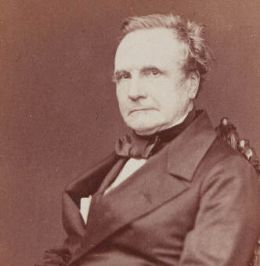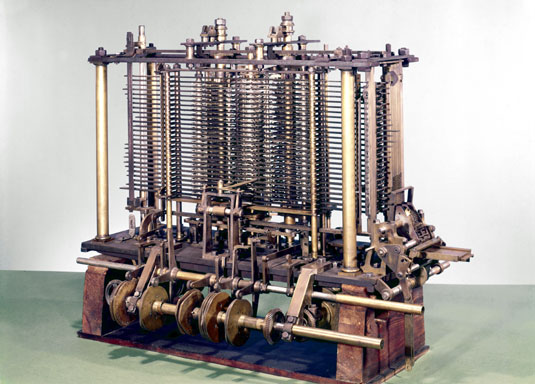
The device was based on the principle that the difference between certain values of the expression at a certain stage becomes constant. But it was difficult to make the machine parts accurate enough to prevent errors to occur, using the technology available at that time.
Encouraged by the work of "difference engine", he began design of another machine "the analytical machine", which could carry out many different types of calculations. Analytical engine used the concepts of Automatic Loom and Difference Engine.
The Analytical machine had five units- input, output, store, mill, and control. Store was used for storing numbers and Mill was used to do the calculations by rotation of gears and wheels. Control unit did the job of supervision of all other units. Note that these five units are similar to the functional units of a modern digital computer.No wonder he was called the "Father of Computers"!
Working with him was a mathematician Lady Ada Lovelace, who provided the input material in the form of programs. Thus, Lady Ada Lovelace became known to the world as the first computer programmer. She coded these programs on punch cards. Her contribution was so valuable that a language called "Ada" was named after her.
The two concepts implemented in this machine, which revolutionised the Computer era in the following years are as follows:
* The machine was able to compare quantities and then decide which of the sequences to follow.
* The results of a calculation could alter the numbers and instructions already stored in the machine.
Babbage devoted his last 37 years for the development of the analytical engine. His machine was too ahead of the time of development. Lack of better technology leaded to incomplete work of Babbage that time and he passed away in 1871 before he had completed his work.

analytical machine
See Helpline Home Page